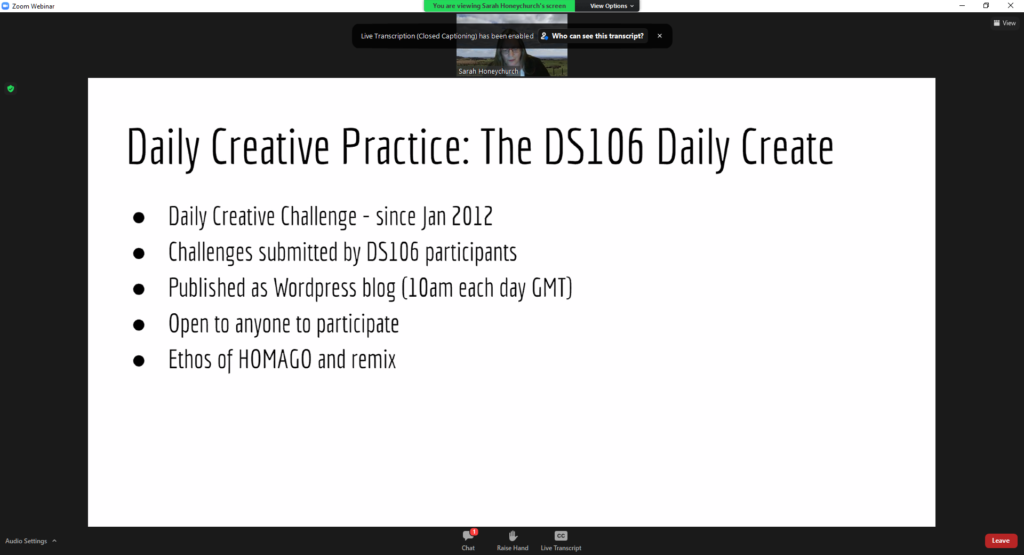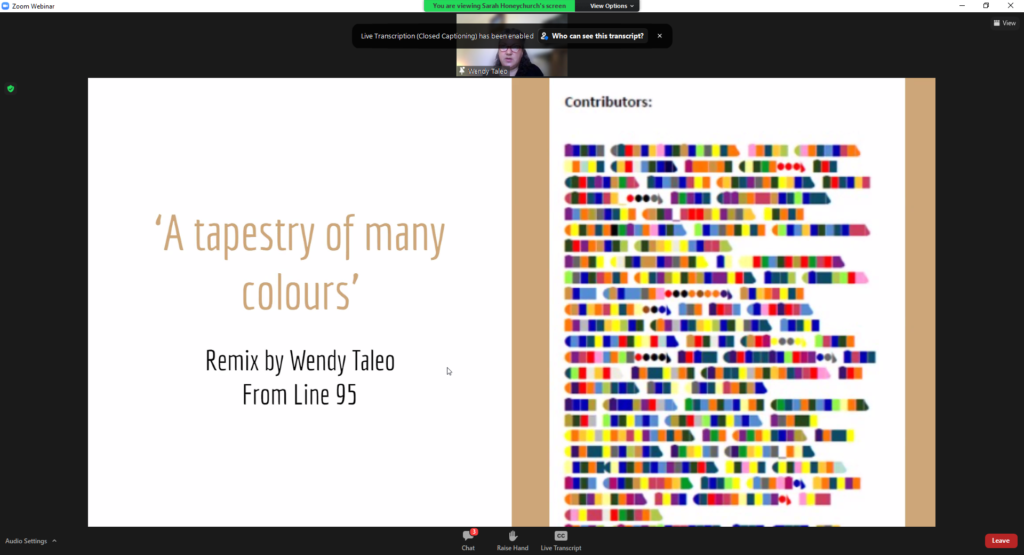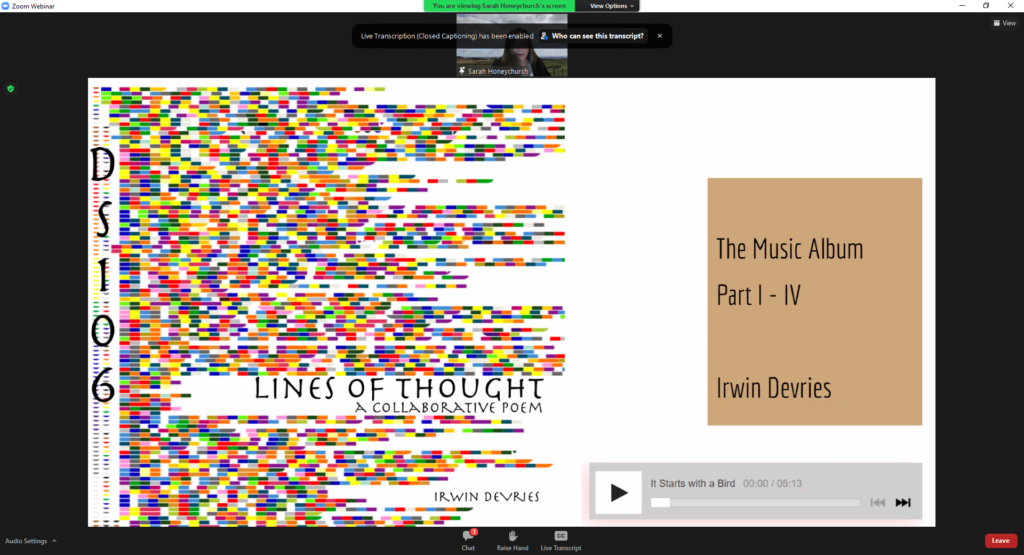It’s been a while since I’ve dived into the literature but now that I’ve analysed my pilot survey data and have made some sense of it, it feels as though theory might make a little more sense. A big part of my research is looking at what edvisors do and how this shapes them and their world. The practice theory that I’ve looked at so far – mostly Shove (Social Practice theory) and Schatzki (more general practice theory) – broadly states that there are three parts to practice. These are the material things you need to perform the practice, the knowledge you need and the surrounding cultural context in which the practice occurs.
Given that I’m also very interested in how edvisors work together and with others, the fact that Kemmis thinks that something he calls “relatings” is a key part of practice makes his work worth further exploration.
I have to start by saying that I’m not fond of Kemmis’ writing style. The ideas are there but it is a slog to get to them.
From here I’m largely going to transcribe the notes I took as I read this chapter, adding pertinent quotes along the way. To be honest, it may not make a lot of sense, given that I’m also working out how it connects to the analysis that I’ve done, which I haven’t discussed. Mostly this is for my own notes.
Praxis – practice transforms the practitioner, as well as the practicee. It (may) also transform the world. This is praxis.
Aristotlean praxis – an action that is morally committed and oriented and informed by tradition in a field
Marxist praxis – action with moral, social and political consequences for those involved in and affected by it.
Schatzki (2010) calls an activity a temporalspatial event – because it occurs at a point in time and space.
Practices have material, semantic, social elements (2010 ,p.51)
Social practice – an open, organised array of doings and sayings.
A practice has 4 parts:
1) Action understandings – knowing how to perform the action, how to recognise it and how to respond to it.
2) Rules – instructions/directives to do or not do certain actions
3) A teleoaffective structure – acceptable or prescribed aims and ways to achieve these aims, as well as acceptable emotions/moods relating to it
4) general understandings about matters germane to practice
Kemmis – P.30
“Making ‘relatings’ explicit brings the social-political dimensions of practice into the light, draws attention to the medium of power and solidarity which attends practice and invites us to consider what social-political arrangements in a site help to hold a practice in place”
Practices are enabled/constrained by three kinds of arrangements that occur at sites – cultural-discursive, material-economic and social-political.
My thoughts – If teleoaffective relates to the common ends of practices – or clusters of practices – maybe this could be applied to the different kinds of pedagogical activities split between LDs and ADs
Internal goods and teleology can be considered as the project of a practice/s – what it is trying to achieve
Kemmis sees a practice defined by the relationship between practitioners in a practice. Where they use language tied to the practice (sayings), do things in a suitable place/time (doings) and engage with others tied to the practice (relatings). This forms a practice architecture.
Kemmis’ working definition of a practice (p.31)
A practice is a form of socially established cooperative human activity in which
characteristic arrangements of actions and activities (doings) are comprehensible
in terms of arrangements of relevant ideas in characteristic discourses (sayings),
and when the people and objects involved are distributed in characteristic arrangements of relationships (relatings), and when this complex of sayings, doings and
relatings ‘hangs together’ in a distinctive project.
“Characteristic arrangements of relationships” – relatings
I’m not sure these are so well defined for edvisor practices. This chapter leans very heavily into the idea of projects driving practices – I don’t know if this aligns very well with a lot of business as usual edvisor support work. Can something be a project if it doesn’t have an end date?
Practice traditions further shape practice architecture. I think I prefer Shove’s take on all of this.
My thoughts – Cultural-discursive arrangements – these are the knowledge areas I am tying to the activities. It kind of fits but not quite – less about how to actually do the thing.
I think Kemmis is missing the skills aspect in this discussion about practices.
If Kemmis is right about practices being part of projects, what do perceptions about project management tell us. (My survey data indicates that LDs and ADs don’t think ETs do much project management, ETs disagree)
Kemmis says Schatzki says practices are always contextual, shaped by the where and when in which they occur – “activity timespace”
Kemmis says the sayings, doings and relatings are already in the site and practice picks them up and orchestrates them? So it doesn’t bring them to the site?
Practice architecture:
Sayings – Cultural-Discursive – the why (and when/where??) (Meaning)
Doings – Material-Economic – the how and what
Relatings – Social-Political – the who
Not sure if this as my understanding of it all quite tracks with the theory yet.
My thoughts – I don’t like the assertion that a practice has a tidy beginning, middle and end. I guess a performance does though.
Also still struggling with this idea that the practice is the “site” (p.36) – bringing together the semantic space, the physical location and the social space.
“In these ways, the practice engages with and becomes enmeshed with the practice architectures in a site, becoming part of the living fabric of the place. Within the place, the practice is itself a social site organising what happens: the practice is a site that meshes together a semantic space, a place existing in physical space-time”
“Dispositions”
Sayings – Cognitive knowledge
Doings – skills and capabilities
Relatings – norms and values
I think sayings and doings can be seen in the knowledge areas. Relatings need to be teased out further in next phases of data collection. Overall though, this definition seems to explain things better than the last 20 or so pages have.
Dispositions link to Habitus
Relatings means that a practice is about all the people involved, not just the practitioners.
Ecologies of practice – Knowledge and activities are distributed among participants. Participants and participation are distributed in particular kinds of relationships to each other.
Ultimately I think this chapter gives me the language to link my ideas and findings to theory, so that’s something.

























